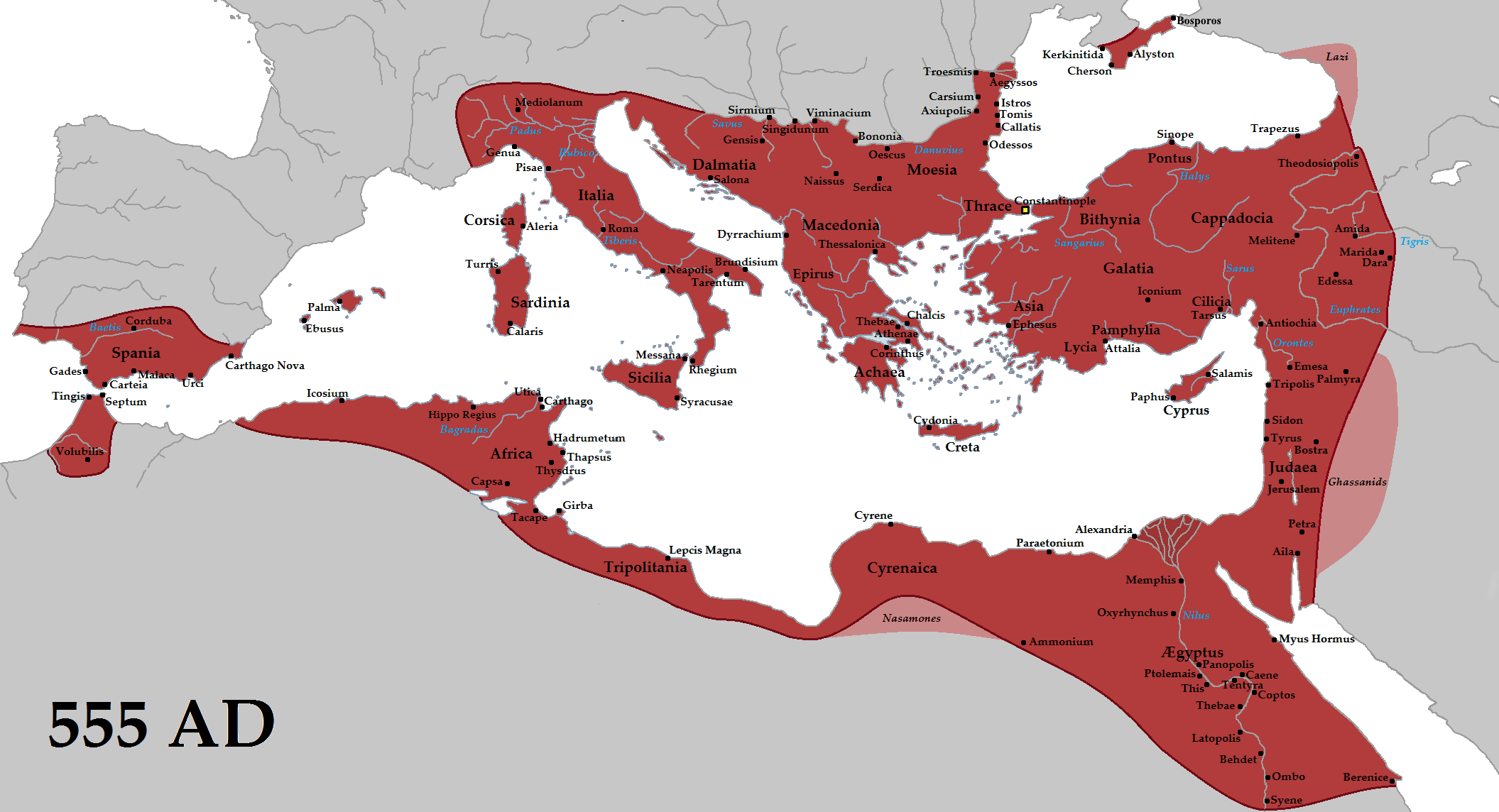

Head of Constantine's colossal statue at Musei Capitoliniīy 391, under the reign of Theodosius I, Christianity had become the state religion of Rome. Constantine became the first Christian emperor he had learnt about Christianity from his mother, Helena. In 313 Constantine I and Licinius announced toleration of Christianity in the Edict of Milan. Galerius issued an edict permitting the practice of the Christian religion in April of 311. The first to legalize Christianity was the Armenian king Trdat the Third, who announced it the official religion in Armenia in the year 301. In the late fourth century they became the dominant religious force of the Roman Empire.Ĭhristianity legalized

But the Christian religion continued to spread throughout the Mediterranean region. That was seen as treason and punished by execution. For 250 years there were times when Christians suffered from persecutions, because they refused to worship the Roman emperor. Several of the New Testament writings mention persecutions and very difficult times. Persecutions in larger scale by the authorities of the Roman Empire began with the year 64, when the Emperor Nero blamed them for the great Fire of Rome as the Roman historian Tacitus reported.Īccording to Church tradition, it was under Nero's persecution that the saints Peter and Paul became martyrs in Rome. Early martyrs included Stephen ( Acts 7:59) and James, son of Zebedee ( Acts 12:2). 107.Įarly Christians were subject to various persecutions. The term was used by Ignatius of Antioch c. The earliest recorded use of the term Christianity (Greek Χριστιανισμός) is from this period. It includes the time of persecutions until Christian worship was legalized under Constantine the Great. The time when most of the apostles had died and their jobs as leaders of the Christian communities in the cities had been taken over by bishops, is called post-apostolic period. Christians professed Jesus to be the God of Israel, having taken human form, and considered Jesus to be the Messiah ( Christ) who had been prophesied about in the Old Testament and so was expected by the people of Israel.Ĭhristianity continued many Judaic practices: liturgical worship, including the use of incense, an altar, a set of scriptural readings adapted from synagogue practice, use of sacred music in hymns and prayer, and a religious calendar, as well as other typical features: an exclusively male priesthood, and ascetic practices ( fasting etc.). Christianity thought the Jewish scriptures to be sacred and used mostly the Septuagint translation of the Torah (the first five books of the Old Testament), the Hebrew Prophets and Writings (the rest of the Old Testament books), and added other texts as the New Testament. Jewish continuity Ĭhristianity kept many practices from Jewish tradition. There are reasons to suppose that they were written within a few years of the crucifixion of Jesus and came from the Jerusalem Church. The very earliest reports are in these texts: early Christian creeds and hymns and reports about the Passion, the empty tomb, and appearances of Jesus after his Resurrection. Sources for the beliefs of the apostolic community include the Gospels and New Testament Epistles. The name " Christian" ( Greek Χριστιανός) was first used for the disciples in Antioch, as recorded in (Acts 11:26). Thus, Christianity got an identity distinct from Judaism. Stephen and James the Great and expulsion from the synagogues.
.png)
The doctrines of the apostles brought the Early Church into conflict with some Jewish religious authorities, and this eventually led to the martyrdom of SS. Peter, was that they did not, and the matter was further addressed with the Council of Jerusalem. There was the question if they had to "become Jewish" before becoming Christian. An early difficulty came from non-Jewish converts. Most of the first Christians were ethnically Jewish or Jewish proselytes. The religion had schisms and theological disputes that had as result four main branches: the Roman Catholic Church, the Eastern Orthodox churches, Oriental Orthodoxy and Protestant churches. During the Age of Exploration, Christianity expanded throughout the world it is currently the largest religion of the world. In the Middle Ages it spread into Northern Europe and Russia. Despite early persecution of Christians, it later became the state religion. Starting as a small group of Jewish people in Judea, it spread quickly throughout the Roman Empire. The history of the Christian religion and the Christian church began with Jesus and his apostles,twelve disciples (students) of Jesus Christ for a mission.Ĭhristianity is the religion that is based on the birth, life, death, resurrection and teaching of Jesus Christ.Ĭhristianity began in the 1st century CE after Jesus died and was resurrected.


 0 kommentar(er)
0 kommentar(er)
